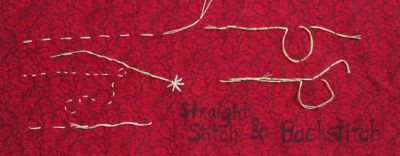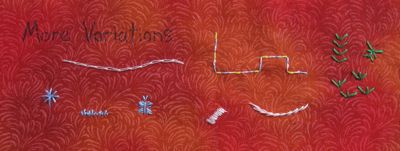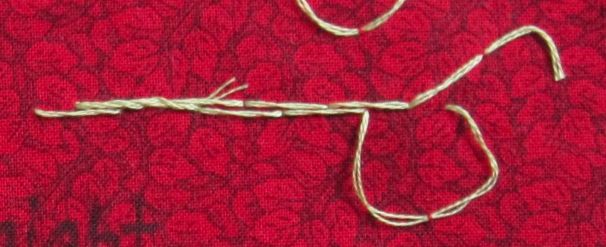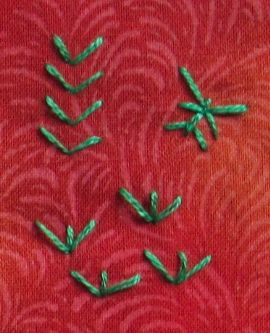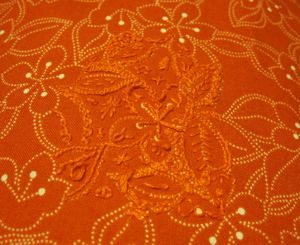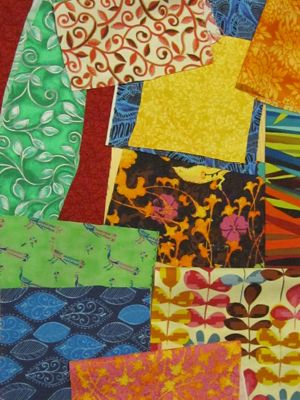Or something of that nature. The August CAL theme on Ravelry was stripes, and the Amigurumi Army mission was monsters. I got really into my stripes project and finished it very early in the month, and didn’t finish the monster until the last weekend.
The stripes project was inspired by my tendency to take partially-cooked oatmeal to work some mornings. What does one do with it? I have some Pyrex bowls with lids, but I don’t want to tip them sideways to put into my regular bag, nor put the warm bowl in my cold lunchbag. Hence, I had an excuse to craft a made-to-order bag. I had been wanting to try out a spiral tutorial I dug out of the Internet Archive ages ago, so in three autumn colors, that became the bottom of the bag. Then I continued the spiral theme around the sides, and put the whole thing together and added handles with an accent color.


The spiral started out kind of awkward, at least the way I interpreted the directions. It smoothed out, though, and I like the way it looks a few rows out from the center. On the sides, I tried to do the same thing in terms of stitch height, with one round per color of sc, one of hdc, and one of dc, then back to hdc and sc. The finished product is slightly larger than necessary but fits the bowl reasonably well.

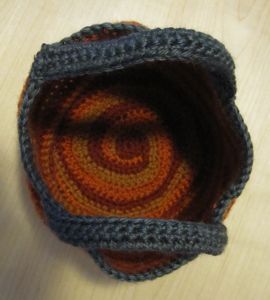
Now for the monster! He is gangly and gibbon-like.
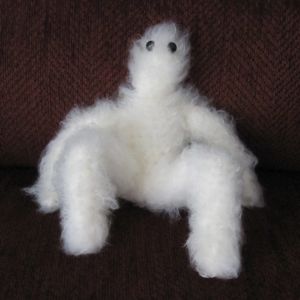

I put magnets in his hands with the intention that he’d be a kind of emo monster and hug his own knees, but when he was finished he revealed that instead of being emo, he’s a monster with no sense of personal space.


Stumpy is not totally certain about this development.
The monster was freehanded, though I made some notes so the arms and legs would match. His body is basically a bowling pin, and the arms and legs have some bend to them via increases and decreases. I believe for the arms the first row was just sc across the chain, but after that I made 2 sc in each of the 2 centermost sc for two rows, then decreased twice (in the four centermost sc) for two rows, and maybe sc’d across once more before sc’ing the strip into a tube. For the legs I made 2 sc in the ends of each row and 3 sc in the centermost sc, in every row including the first one, for three rows, before doing the reverse for three rows (I used Lily Chin’s slip stitch-like decrease to decrease by three: pull up a loop in each of the next three stitches, and pull the last of those loops through the previous 2 and the one that was on the hook to begin with) and finally, again, sc’ing the strip into a tube. I stuffed him lightly, sewed the outer end of each limb closed (with the magnets in the ends of his arms), and sewed the other open end to his body. Though the yarn was already fluffy, I pulled up the nap to extra-fluffify him with a pet brush.
